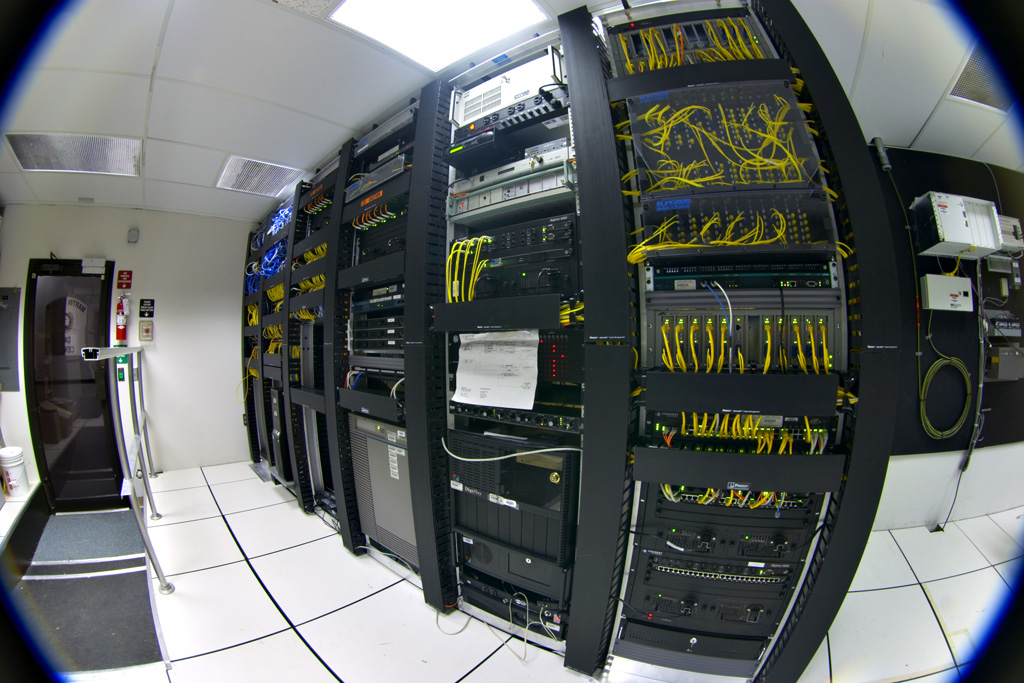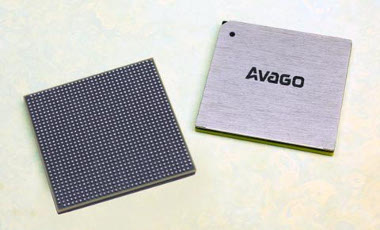
The need to concentrate data storage and data distribution control is expanding to areas that had not previously required such concentrations of high-speed transceiving.
It is not only telecom aggregation and concentration centers that need farms of servers, switches, routers, or signal management boxes and tools that need high-speed fiber optic communications. Nowadays, schools, banks, medical centers, law enforcement hubs, as well as government services, utilities, and private companies house enough data and bandwidth to turn their own facilities into data centers with concentrated bandwidth.
And these facilities are becoming servers in their own right. Rather than paying an ISP to host their websites and maintain the data collection, routing, distribution, and analysis, individual entities are opting to do this on their own. In addition, since equipment costs have become more reasonably priced for the throughput levels needed to pass the break-even point, the days of traditional data centers may very well be coming to an end.
With in-house expertise, an entire nerve center can be implemented and maintained, which hosts transaction processing, distributed database access, web and FTP servers, mail servers, and streaming links, as well as VPNs and hierarchically structured permission logins.
Cost reduction technologies and bandwidth improvement technologies are the key drivers making this transition possible. When these technologies combine, organizations have it well within their means to begin storing and managing their own data in-house. For example, Avago Technologies’ new 56Gbps PAM4 SerDes uses copper instead of fiber to achieve the faster data rates; 56Gbps is double the data rate of the fiber and copper it’s slated to replace, and is intended to be used across copper back-planes and optical interconnects targeting next-generation switches and routers.

PAM (Pulse Amplitude Modulated) technology is used to support chip-to-chip, chip-to-module, direct-attached cables, and copper back-planes from 10 Gbps to 56 Gbps. Other supported rates include 25G, 40G, and 50G.
Avago’s PAM4 SerDes technology enables future scaling of core/metro router and hyperscale data centers by more than doubling link full-duplex throughput to 56Gbps from 25Gbps per SerDes lane. This now only allows racks to increase their signal densities without increasing their power needs, it benefits engineers and companies who want to save space, power, cost, and simplify their cable layout.
With higher bandwidth per channel comes higher channel density, so racks, hubs, aggregators, switches, and routers can all increase capacity in a scaled way. Higher bandwidth channels like 100G Ethernet and Fibre channel can be supported as well as targeted OIF 56G-VSR and IEEE 802.3bs (400Gbps) signals that provide investment protection and forward-looking architectural planning.
The PAM SerDes in plastic is much more cost-effective than ASIC and SoC solutions and is now running PRBS31 traffic throughout various interconnect topologies, error free at 56Gbps. A solution as efficient as this one allows developers to increase densities and scalability with less cost and risk.
Avago Technologies’ new 56Gbps PAM4 SerDes can be used on both sides of the cable link and provides the additional benefit of enabling the same PAM4 signaling deployment on front-side and back side interfaces, helping to assure reliable performance across hardware platforms.
To learn more about the specific products and solutions Avago Technologies has developed to assist data network designers, check out some of the company’s most recent product highlights below:
– Avago Demonstrates Industry-Leading 56Gbps PAM4 SerDes
– Industry’s First 100G QSFP28 SR4 Solution for Short Range 100GbE Datacenter Interconnects
– Best-in-class 100G CFP4 LR4 Solution for Long Range 100GbE Enterprise Networking
– Compact 2nd Generation PM-QPSK Coherent Receiver for 100G Metro and 200G/400G Long Haul Networks
Advertisement
Learn more about Avago Technologies





